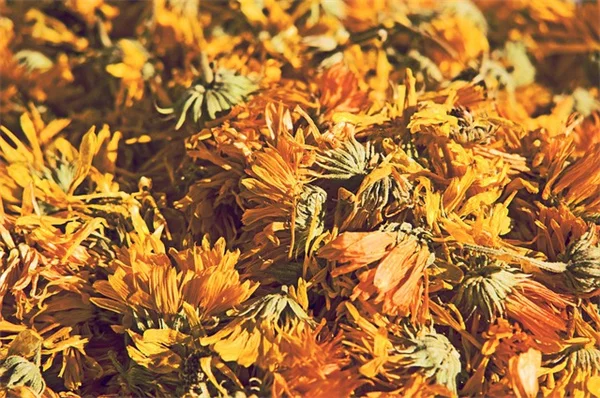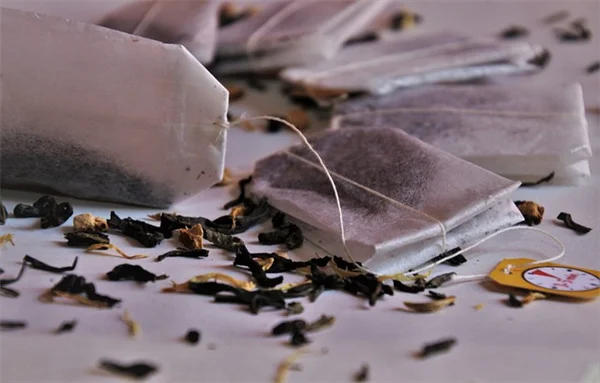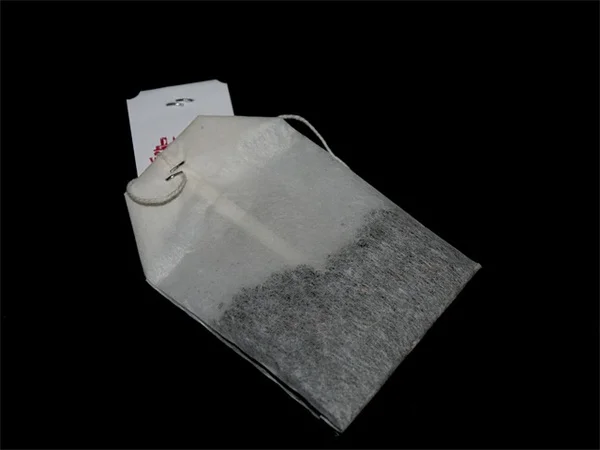How to Clean Sticky Floors: 7 Essential Tips You Need to Know!
Wondering how to clean sticky floors? You’re not alone! The answer is: cleaning sticky floors can be simple if you know the right techniques and tools to use. Sticky floors often arise from a buildup of dirt, spills, or even overuse of cleaning products that leave behind residue. Trust me, I’ve faced the dreaded stickiness after a juice box explosion, and it’s not fun! In this guide, I’ll share practical tips to help you tackle those troublesome floors and keep them looking spotless. So, roll up your sleeves, and let’s dive into the world of effective floor cleaning! 🧽✨
E.g. :Unlock the Secrets of Using Ammonia to Clean Floors Like a Pro!
- 1、Why Do Floors Get Sticky? Let’s Break It Down 🕵️♂️
- 2、Your Ultimate Sticky Floor Survival Kit 🧰
- 3、Floor-Type Specific Rescue Plans 🚑
- 4、Prevention Is Cheaper Than Repair 💸
- 5、FAQs
Why Do Floors Get Sticky? Let’s Break It Down 🕵️♂️
The Dirt and Grime Party on Your Floor
Ever walked barefoot and felt that icky sticky sensation? 90% of the time, it’s because your floor is hosting a secret dirt party! Crumbs, spilled soda, pet hair – they all cling together like best friends at a sleepover. Here’s a fun fact: a single potato chip left on vinyl flooring can attract enough grease in 24 hours to make your socks stick! 🍟
I learned this the hard way when my nephew’s juice box explosion went unnoticed under the couch for three days. The result? A floor so sticky it could’ve doubled as flypaper. Moral of the story? Regular sweeping matters – especially in high-traffic areas like kitchens where food particles become glue factories.
When Cleaning Products Betray You
Wait – can cleaning actually cause stickiness? Absolutely! Using too much detergent creates a soapy film that’s basically floor syrup. Picture this: you mop with lavender-scented cleaner, feel accomplished, then wake up to footprint fossils where you walked.
Pro tip from my disaster diary: always rinse after mopping. That "extra shiny" promise on the bottle? Often means "extra sticky if overused." I once turned my hallway into a Slip ‘N Slide this way – not my finest home maintenance moment!
Your Ultimate Sticky Floor Survival Kit 🧰
 Photos provided by pixabay
Photos provided by pixabay
The Dynamic Duo: Broom & Dustpan
Why start with these old-school tools? Because dry debris + liquid cleaner = concrete shoes for your floor! A quick sweep prevents that gritty paste feeling. My grandma taught me this trick: "Sweep like you’re painting – long strokes toward yourself." Works like magic!
Fun comparison:
| Without Sweeping | With Sweeping |
|---|---|
| Mop pushes dirt around | Clean surface for mopping |
| Gritty residue | Smooth finish |
| Double cleaning time | One-and-done |
Vinegar – Nature’s Stickiness Nemesis
Who knew your salad dressing ingredient could be a floor hero? A 1:1 vinegar-water mix cuts through grease better than most expensive cleaners. But here’s the kicker – does it work on all floors? Nope! Test a hidden spot first, especially on waxed surfaces where vinegar can dull the shine.
Last Thanksgiving, I used this solution to rescue my laminate floors after a pie catastrophe. The secret? Cold water rinse afterward to prevent any lingering vinegar smell. Your guests will never guess your floors doubled as a dessert landing pad!
Floor-Type Specific Rescue Plans 🚑
Hardwood Floors: Handle With Care
These beauties need kid glove treatment. Excess water swells the wood, creating permanent sticky spots. My neighbor learned this after flooding her oak floors "to really clean them." Spoiler: $3,000 refinishing bill.
Instead:
- Dry dust mop daily
- Damp (not wet) microfiber mop weekly
- Immediate spill cleanup
 Photos provided by pixabay
Photos provided by pixabay
The Dynamic Duo: Broom & Dustpan
Ceramic tiles can handle more aggressive cleaning – but wait! Are grout lines making your floor sticky? You bet! Dirty grout acts like glue traps. My solution? An old toothbrush dipped in baking soda paste scrubs grout lines clean in minutes.
Pro move: seal cleaned grout annually. I didn’t do this in my first apartment and ended up with permanent taco seasoning stains in the kitchen. Live and learn!
Prevention Is Cheaper Than Repair 💸
The 30-Second Rule
Adopt my "clean spills before they stick" mantra. How? Keep microfiber cloths in every room. When my toddler invented "yogurt finger painting" last week, those cloths saved our floors from becoming a dairy art installation.
Bonus tip: socks are enemy #1 for sticky floors. They grind in dirt like nature’s sandpaper. Go barefoot or wear house shoes – your floors will thank you!
Humidity: The Silent Sticky Maker
Did you know 60% humidity can make dust stick like post-it notes? I didn’t until my Florida vacation home became a human flytrap. Now I use these tools:
- Dehumidifier ($50-200)
- Moisture absorber bags ($10)
- Ceiling fans on low
Remember folks – sticky floors aren’t just gross, they’re slip hazards. My brother’s "I meant to do that" dance after slipping on a sticky spot? Hilarious to watch, expensive when he broke his phone. Don’t be like Mike!
Cleaning sticky floors doesn't have to be a daunting task! We’ve explored various reasons why floors get sticky and shared some effective solutions, like using a simple vinegar-water mix and maintaining your floors with regular sweeping. Remember, it’s all about prevention – adopting habits like the "30-second rule" can save you from future sticky situations. With my tips, I hope you feel empowered to tackle those floors and keep them looking pristine. After all, nobody wants to deal with the embarrassment of slipping on a sticky patch! 💪✨
If you're interested in keeping your home clean, consider diving deeper into topics like the best cleaning tools or the impact of humidity on your floors. Let's keep the conversation going! I’d love to hear about your experiences and any tips you have for maintaining sticky-free floors in the comments below. And don’t forget to share this article with friends who might need a little help in their cleaning routines! 🧹🌟
E.g. :How to clean my sticky floors?! : r/MomForAMinute
FAQs
 Photos provided by pixabay
Photos provided by pixabay
The Dynamic Duo: Broom & Dustpan
Sticky floors are often caused by a buildup of dirt, grime, and spills. When crumbs, pet hair, or liquid spills accumulate, they create that icky sticky sensation underfoot. Regular sweeping is essential, especially in high-traffic areas like kitchens, to prevent these messes from becoming glue-like. I learned this the hard way after a juice box incident left my floor feeling like flypaper!
Can cleaning products make my floors sticky?
Yes, using too much cleaning product can actually lead to sticky floors! When you mop without rinsing, the detergent can leave a soapy film that makes your floor feel tacky. I once turned my hallway into a Slip ‘N Slide thanks to overusing a lavender cleaner. Always remember to rinse after mopping to avoid this situation!
How can I effectively clean my sticky floors?
To clean sticky floors, start with a good sweep using a broom and dustpan to remove dry debris. Then, use a damp microfiber mop with a gentle cleaner. For tough sticky spots, a 1:1 vinegar-water mix works wonders, but make sure to test it on a small hidden area first! I once saved my laminate floors with this mixture after a pie explosion – just don’t forget to rinse with cold water afterward!
What should I do to prevent sticky floors?
To keep your floors from becoming sticky, adopt a routine of cleaning spills immediately. I recommend keeping microfiber cloths handy in every room for quick clean-ups. Also, watch out for humidity! Using a dehumidifier can help reduce dust and keep your floors cleaner. Trust me, taking these steps will save you from sticky situations down the line!
Are certain floor types more prone to stickiness?
Yes, some floor types are more susceptible to stickiness. For instance, hardwood floors can develop sticky spots if excess water is used during cleaning. On the other hand, tile floors can handle deeper cleaning, but dirty grout can create sticky areas. Always use appropriate methods for your specific floor type to avoid long-term issues!


